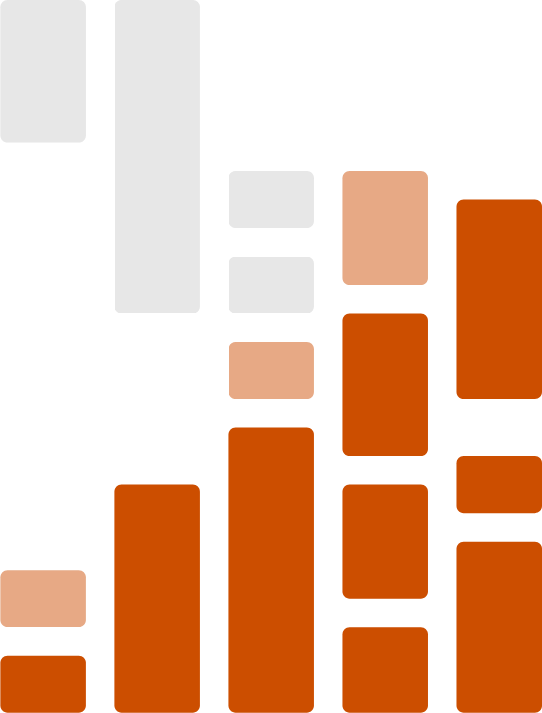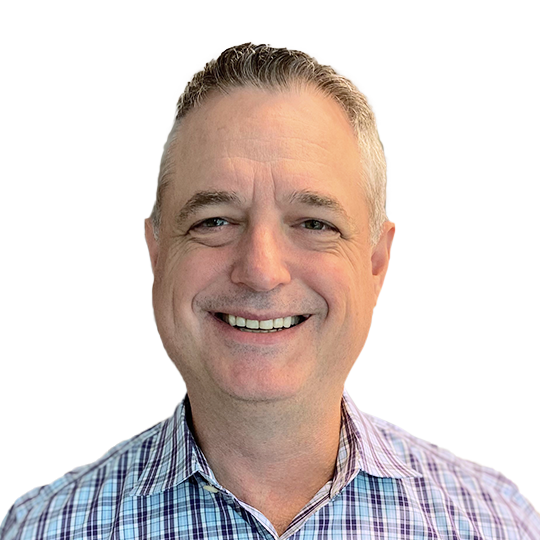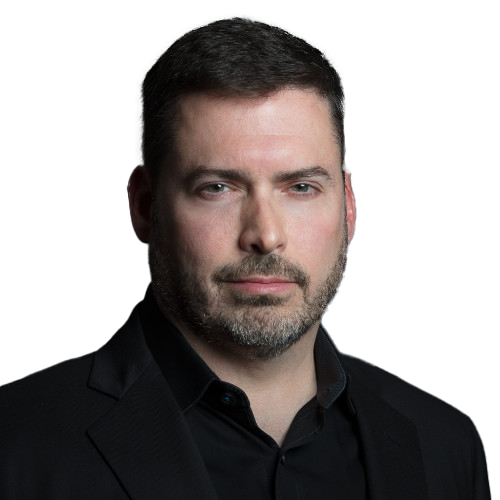Markets
Our seasoned analysts couple their industry-leading B2B research with in-depth buyer intent data for unparalleled insights about critical technology markets.
Business Applications
Data Management & Analytics
Infrastructure, Cloud & DevOps
Services
Clients trust us across their GTMs—from strategy and product development to competitive insights and content creation—because we deliver high-quality, actionable support.
Insights
Browse our extensive library of research reports, research-based content, and blogs for actionable data and expert analysis of the latest B2B technology trends, market dynamics, and business opportunities.
Markets
Back
Our seasoned analysts couple their industry-leading B2B research with in-depth buyer intent data for unparalleled insights about critical technology markets.
Services
Back
Clients trust us across their GTMs—from strategy and product development to competitive insights and content creation—because we deliver high-quality, actionable support.
Insights
Back
Browse our extensive library of research reports, research-based content, and blogs for actionable data and expert analysis of the latest B2B technology trends, market dynamics, and business opportunities.

Market Analysts
At Enterprise Strategy Group, we have an “insider” understanding of your challenges that is rooted in our practitioner backgrounds.

Search by Area of Expertise
Begin typing in the field below to search for an analyst who covers your topic of interest.
Showing Analysts Covering
-

Christophe Bertrand
More: Christophe BertrandPractice Director, Data Protection
Areas of Expertise
- Backup
- Business Continuity/Disaster Recovery
- Cloud Data Protection
- Compliance
- Cyber Resilience
- Data Privacy Regulations
-

Jon Brown
More: Jon BrownSenior Analyst, Cloud & IT Operations
Areas of Expertise
- AIOps
- Cloud Infrastructure Management
- Environment, Social & Governance (ESG) in IT
- FinOps
- IT Asset Management
- IT Operations Management
-

Stephen Catanzano
More: Stephen CatanzanoSenior Analyst, Data Platforms
Areas of Expertise
- Data Collection
- Data Integration
- Data Management
- Data Observability
- Data Ops & Data Mesh
- Data Platforms
-

Jim Frey
More: Jim FreyPrincipal Analyst, Networking
Areas of Expertise
- AI in Networking
- Cloud Networking
- Datacenter Networking
- Network Automation
- Network Management & Observability
- Network-as-a-Service (NaaS)
-

John Grady
More: John GradyPrincipal Analyst, Network Security & Web Application Security
Areas of Expertise
- Bot Mitigation
- CASB
- DDoS
- Firewall
- IPS
- Microsegmentation
-

Dave Gruber
More: Dave GruberPrincipal Analyst, Ransomware, SecOps & Services
Areas of Expertise
- Data Leakage Prevention
- DevSecOps
- Extended Detection & Response
- Managed Detection & Response
- Ransomware Security Strategies
- Security Analytics
-

Gabe Knuth
More: Gabe KnuthSenior Analyst, End-user Computing & User Protection
Areas of Expertise
- Desktop & App Virtualization (VDI)
- Desktop-as-a-Service (DaaS)
- Digital Employee Experience (DEX)
- Digital Workspaces
- Email Security
- End-User Devices & Hardware
-

Mike Leone
More: Mike LeonePrincipal Analyst, Data Analytics & AI
Areas of Expertise
- Analytics
- Artificial Intelligence
- BI & Data Visualization
- Data Platforms
- Data Science/Machine Learning
- Data/AI Lifecycle
-

Melinda Marks
More: Melinda MarksPractice Director, Application & Cloud Security
Areas of Expertise
- API Security
- Application Security
- Cloud Security Posture Management
- Cloud Workload Protection Platforms
- Cloud-native Technologies
- Container Security
-

Brian McKenna
More: Brian McKennaSenior Analyst, Business Applications & EMEA Analyst Services Director
Areas of Expertise
- Business & Technology Strategy
- Business Applications
- Business Intelligence
- Contact Center
- Customer Data Platforms (CDP)
- Customer Experience/CRM
-

Jon Oltsik
More: Jon OltsikAnalyst Emeritus, Cybersecurity Strategies
Areas of Expertise
- Cybersecurity Program Strategies
- Office of the CISO
-

Simon Robinson
More: Simon RobinsonPrincipal Analyst, Infrastructure
Areas of Expertise
- Cloud-attached Storage
- Cloud-native Storage
- Data Protection
- Flash-based Storage
- Hybrid Cloud
- Hyperconverged infrastructure
-

Scott Sinclair
More: Scott SinclairPractice Director, Infrastructure & Modernization
Areas of Expertise
- Cloud-native Storage
- Composable
- Computational Storage
- Data Storage
- Hybrid Cloud
- Hyperconverged (HCI)
-

Aaron Tan
More: Aaron TanRegional Director, Analyst Services, APAC
Areas of Expertise
- Application Modernization & DevOps
- Business Applications
- Cloud Computing
- Cybersecurity
- DevOps
- IaaS/Cloud
-

Todd Thiemann
More: Todd ThiemannSenior Analyst, IAM & Data Security
Areas of Expertise
- Biometrics and Behavioral Analytics
- Data Protection
- Encryption & Key Management
- Identity & Access Management (IAM)
- Identity Threat Detection & Response
- Leveraging AI and ML to improve cybersecurity
-

David Vance
More: David VanceSenior Analyst, Risk & Vulnerability Management
Areas of Expertise
- API Security
- Application Security Posture Management
- Application Security Testing
- Attack Surface Management (ASM)
- Cloud Native Application Protection Platforms
- Container Security















